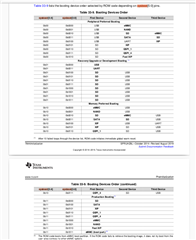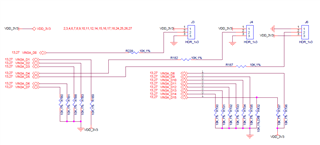Other Parts Discussed in Thread: SEGGER
Hi,
I have a TMDSEVM572x board and a jtrace model. Now I can connect A15 for debug, but I can not connect M4.
I follow the gel files, porting AM572x_multicore_reset.gel and AM572x_prcm_config.gel to a JlinkScript file, but still can not connect m4.
I read this page and porting releaseIPUs.gel file to a Jlinkscript, failed too.
I can not find out which step is wrong.






